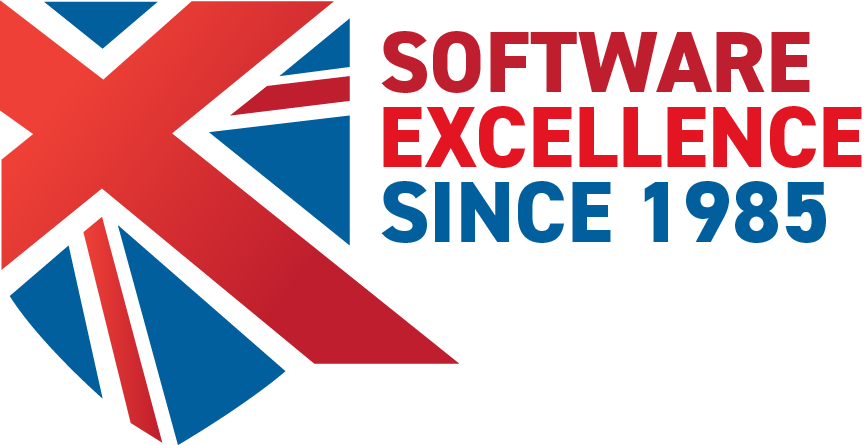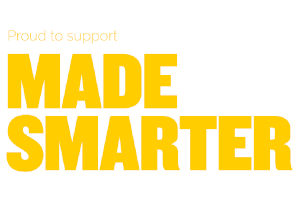Client Case Study: Wye Cylinder Engineering
In 2015, Wye Cylinder Engineering Ltd (WCE) – a Hereford-based manufacturer of precision hydraulic cylinders for industries such as agricultural, construction and specialised vehicles – found themselves running a manufacturing system sold by an American-headquartered mid-market ERP supplier, explains Resources Director, Nick Berry, with finance and accounting carried out by software from Sage, and maintenance being handled by yet another system.
But the manufacturing system in question was being phased out, with the supplier suggesting that customers migrate to an alternative manufacturing system that it offered.
Consequently, WCE searched the ERP market for a more suitable alternative, and when WCE’s exploration of the marketplace reached Exel Computer Systems’ EFACS E/8 ERP system, the company realised that it had found the replacement that it needed.
“As a system, EFACS E/8 ticked a lot of boxes for us,” explains Nick. “A large UK customer base, an active user group, a rich set of functionality – and ample evidence that the product was being continually upgraded and improved. Plus, it was British, developed for British businesses – rather than developed for American businesses, and then adapted for the British market. Even better, EFACS E/8 was readily customisable, with Exel providing tools to do this.”
Read Case Study




